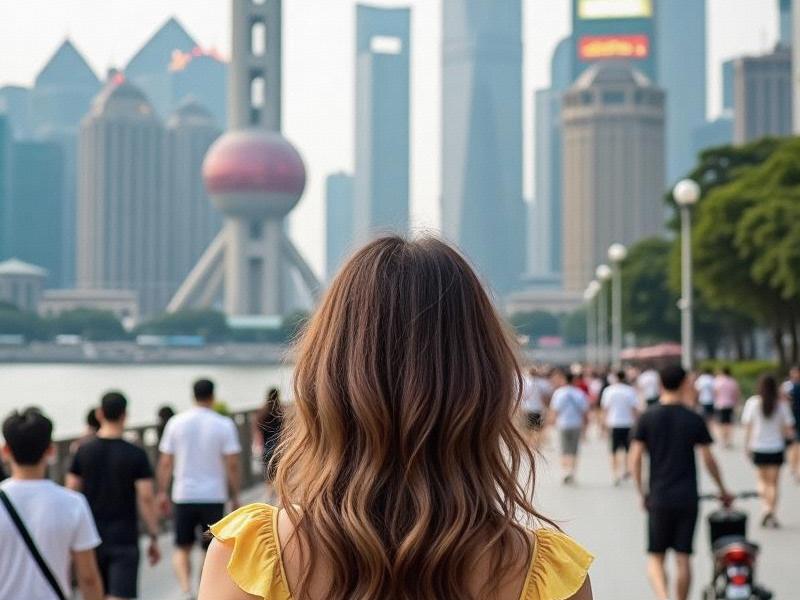This feature explores Shanghai's simultaneous push toward technological futurism and cultural preservation, examining how the city balances rapid modernization with heritage conservation.

The Huangpu River serves as the perfect metaphor for contemporary Shanghai - its western bank preserving the colonial-era Bund architecture while the eastern Pudong district sprouts ever-taller towers housing quantum computing labs and AI startups. This visual dichotomy represents Shanghai's 2025 identity crisis and its greatest strength: being both China's window to the future and museum of its modern history.
Architectural Time Machine
Shanghai's skyline tells multiple historical narratives simultaneously:
- The restored Shikumen lane houses in Xintiandi now host augmented reality tours of 1920s Shanghai life
- The 632-meter Shanghai Tower incorporates traditional Chinese garden elements in its vertical parks
- The newly opened Grand Canal Museum floats above preserved Ming Dynasty waterways
Urban planners have implemented "contextual zoning" requiring all new developments in historic districts to complement existing architectural styles through:
- Height restrictions matching neighborhood profiles
- Material requirements using local brick and stone
- Façade designs incorporating traditional motifs
爱上海最新论坛 Smart City With a Human Face
Shanghai's much-lauded "City Brain" smart infrastructure now includes:
- 65 million IoT sensors monitoring everything from air quality to pedestrian flows
- AI traffic management reducing congestion by 42% since 2023
- Blockchain-based civic services handling 89% of government interactions
Yet the municipal government has deliberately limited technology's intrusion into:
- Historic districts where digital signage is prohibited
- Traditional wet markets now protected as cultural heritage sites
- Neighborhood committees still using face-to-face consultation methods
Cultural Renaissance
上海花千坊419 Shanghai's creative class is driving a revival of traditional arts with modern twists:
- The Shanghai Symphony Orchestra's electronic-erhu fusion concerts
- Contemporary ink painters using VR exhibition spaces
- Michelin-starred restaurants reinterpreting Jiangnan cuisine with molecular techniques
The 2024 Shanghai Biennale attracted controversy by featuring AI-generated art alongside Ming Dynasty porcelain, sparking debates about cultural authenticity in the digital age.
Economic Transformation
Shanghai's economy continues its shift from manufacturing to:
- Financial services (handling 58% of China's cross-border yuan settlements)
- Technology innovation (producing 32% of China's AI patents)
- Cultural industries (generating $24 billion annually)
上海夜网论坛
This transition creates tensions as:
- Factory workers retrain for service sector jobs
- Artists protest rising studio rents
- Tech firms compete for limited talent
The Road Ahead
As Shanghai prepares to host the 2025 World Expo on "Cities of the Future," urban planners face fundamental questions:
- How much technology belongs in historic neighborhoods?
- Can economic growth be decoupled from cultural erosion?
- What does "Shanghainese identity" mean in an increasingly globalized city?
The answers may determine whether Shanghai becomes a model for balanced urban development or a cautionary tale about the costs of progress.